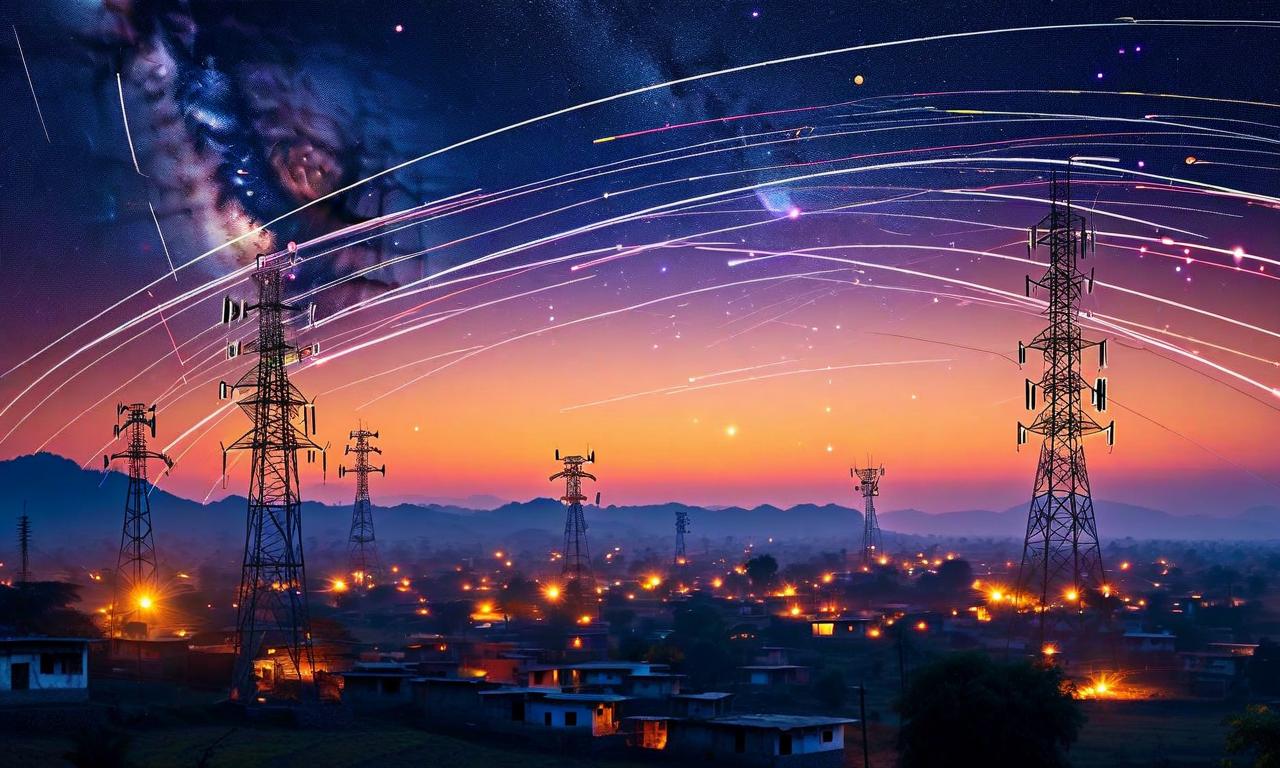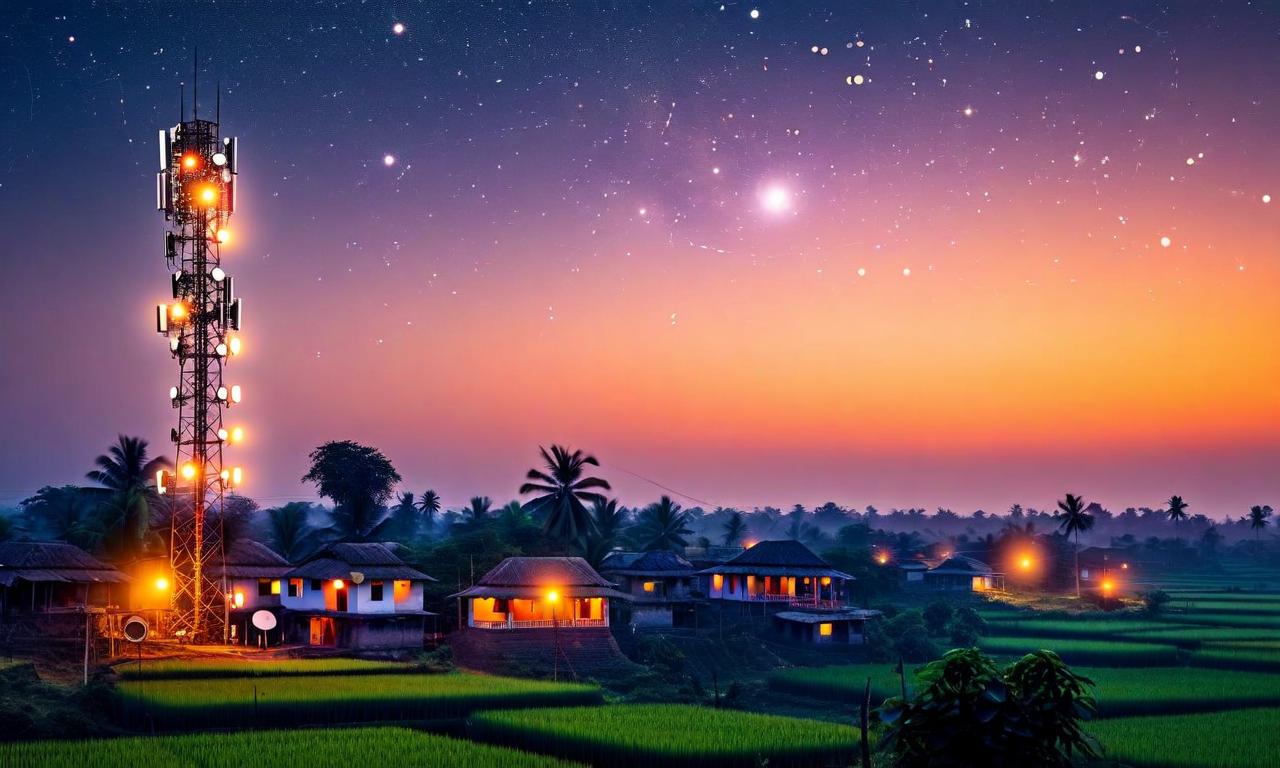Telecom Giants Launch Calling Name Display Pilot in Haryana, Nationwide Rollout by 2026
Leading telecom operators in India have initiated pilot runs of the Calling Name Presentation (CNAP) feature in Haryana. Vodafone Idea is conducting a local pilot, while Jio's pilot covers nationwide calls originating from Haryana. The Department of Telecommunications aims for full-scale implementation across India by March 31, 2026. CNAP allows users to view caller names on incoming calls, potentially reducing spam and unwanted communications. The government is pushing for early implementation following these pilot programs.

*this image is generated using AI for illustrative purposes only.
In a move set to enhance caller identification, major telecom operators in India have initiated pilot runs of the Calling Name Presentation (CNAP) feature. This development promises to revolutionize how users identify incoming calls, potentially reducing the instances of spam and unwanted communications.
Pilot Program Details
| Telecom Operator | Pilot Location | Scope |
|---|---|---|
| Vodafone Idea | Haryana | Local |
| Jio | Haryana | Nationwide |
Key Points
- Feature: Calling Name Presentation (CNAP) allows users to view caller names on incoming calls.
- Initial Phase: Pilot runs have commenced in the Haryana circle.
- Nationwide Implementation: The Department of Telecommunications (DoT) anticipates full-scale rollout by March 31, 2026.
- Government Push: DoT aims to expedite the implementation across India following the pilot programs.
Implications for Users
The introduction of CNAP could significantly improve the calling experience for telecom subscribers. By displaying the caller's name, users can make more informed decisions about whether to answer calls, potentially reducing the impact of spam and unwanted communications.
Future Outlook
While the pilot is currently limited to Haryana, with Jio extending its test to nationwide calls originating from the circle, the government's push for early implementation suggests that users across India might benefit from this feature sooner than the projected 2026 deadline.
As telecom operators gather data and feedback from these pilot runs, it will be crucial to monitor any technical challenges or user experience issues that may arise. The success of these trials will likely influence the pace and scope of the nationwide rollout.
Telecom industry observers and consumers alike will be keenly watching the progress of this feature, as it has the potential to reshape how we manage our daily communications in an increasingly connected world.
































